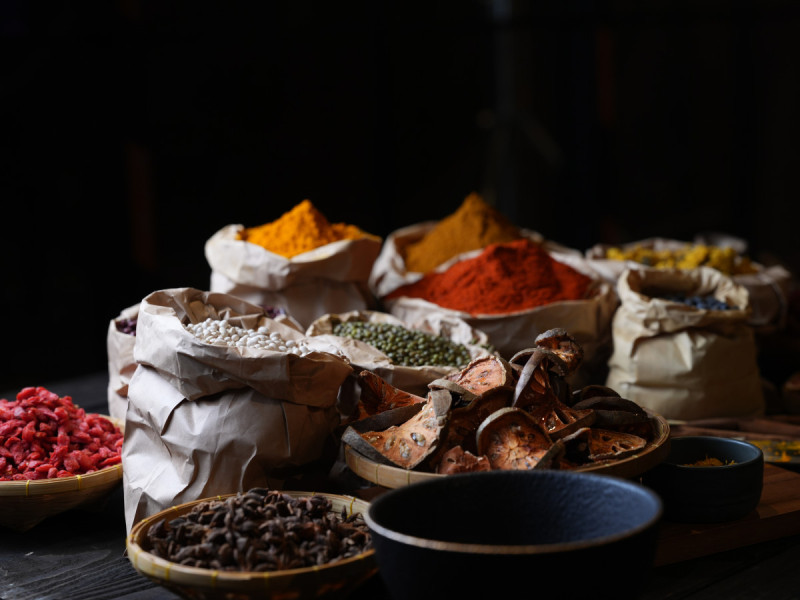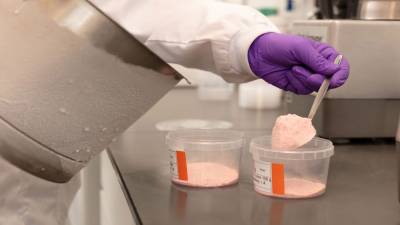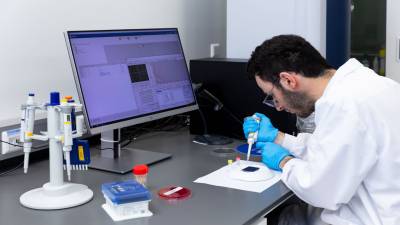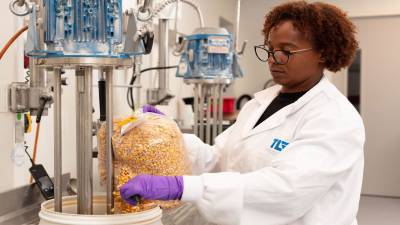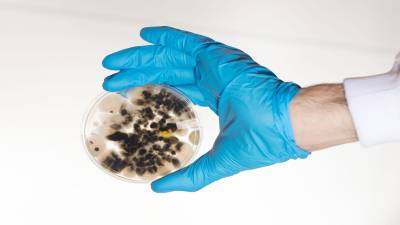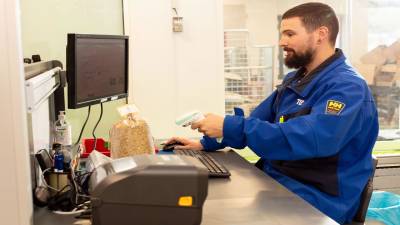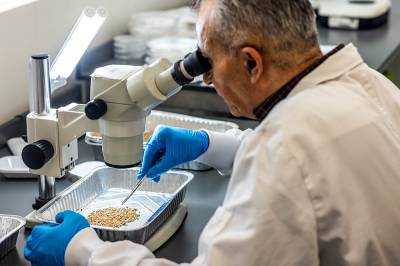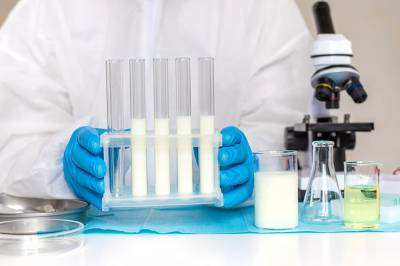Mycotoxins in Food Products
Risks, regulations and laboratory analysis.
Definition and origin
Mycotoxins are toxic secondary metabolites produced by moulds such as Aspergillus, Fusarium and Penicillium. They develop on plant-based raw materials during cultivation, harvest or storage under warm and humid conditions. Due to their chemical stability, they are not eliminated by thermal treatment or standard food processing.
Main toxins in food products
Mycotoxin | Fungal genus | Food matrices |
Aflatoxins (B1, B2, G1, G2) | Aspergillus spp. | Maize, nuts, rice, dried fruits |
Deoxynivalenol (DON) | Fusarium spp. | Wheat, maize, barley |
Zearalenone (ZEA) | Fusarium spp. | Maize, wheat, barley |
Fumonisins (B1, B2, B3) | Fusarium spp. | Maize |
Ochratoxin A (OTA) | Aspergillus, Penicillium spp. | Cereals, coffee, dried fruit |
Patulin | Apples, apple juice, pears | |
Citrinin | Cereals, rice, cheese, nuts | |
Alternaria toxins | Tomatoes, sunflower seeds, cereals | |
Sterigmatocystin | Cereals, nuts, cheese | |
Ergot alkaloids | Claviceps spp. (ergot) | Rye, wheat, barley, oats |
Health risks from consumption
Mycotoxins can cause:
- Immunosuppression
- Hepato- and nephrotoxicity
- Endocrine disruption
- Carcinogenic effects (e.g. aflatoxin B1; classified as Group 1 by IARC)
In rare cases, residues such as aflatoxin M1 and OTA can be found in animal products such as milk and eggs after carry-over from contaminated feed.
Climate change and co-contamination
- Increased prevalence in regions where mycotoxins were previously rare
- Co-contamination with multiple toxins in a single product increases toxicological risk
- EFSA and the European Environment Agency report rising contamination pressure due to weather fluctuations
Food regulations (2024)
- Regulation (EU) 2023/915
Sets maximum levels for aflatoxins, OTA, DON, ZEA, fumonisins and patulin - Regulation (EU) 2024/1022
Introduces lower DON limits (effective 1 July 2024) - Regulation (EU) 2024/1038
New maximum levels for T-2 and HT-2 toxins (effective 1 July 2024) - Regulation (EU) 2023/2782
Specifies analytical methods and sampling requirements for official controls
Laboratory analysis at TLR
TLR performs ISO/IEC 17025-accredited mycotoxin analyses on food samples. Depending on the matrix, validated methods are used.
Matrix | Analytical method |
Cereals, plant products | LC-MS/MS screening, confirmation after cleanup |
Nuts, fruits, spices | Multi-mycotoxin screening |
Dairy, eggs | Aflatoxin M1 and OTA analysis |
Fruit juices | Patulin determination via LC or GC-MS |
Detection limits comply with the requirements of Regulation (EU) 2023/2782, depending on the analytical matrix and method. Results are reported with analysis certificates including measurement uncertainty and regulatory references.
Conclusion
Mycotoxins represent a persistent risk in the food industry. Through the application of up-to-date regulations, validated analytical methods and representative sampling, TLR supports businesses in safeguarding products and complying with European food safety standards.
Meld je aan voor de laatste tips en adviezen dat je gelijk in de praktijk kunt brengen.

